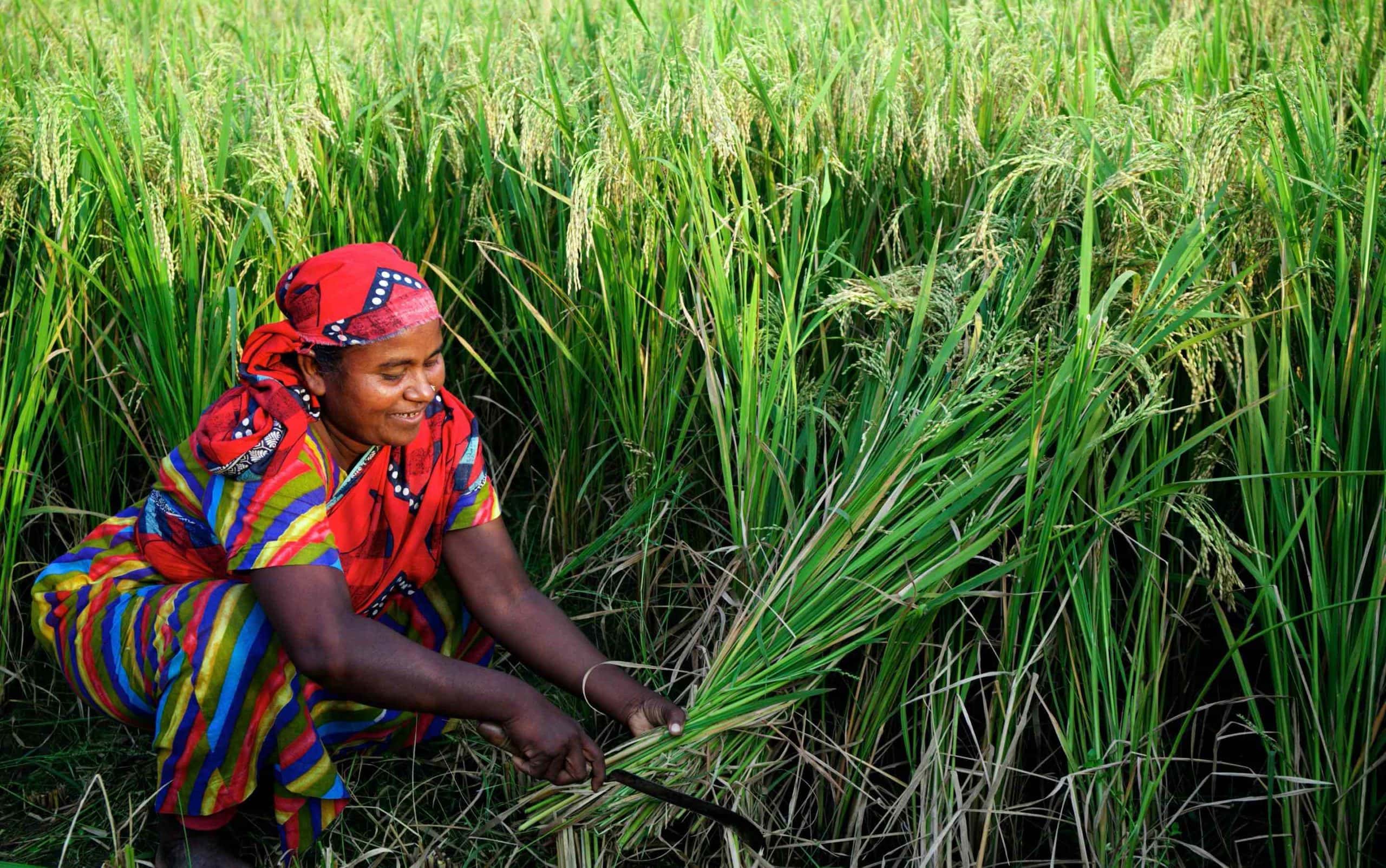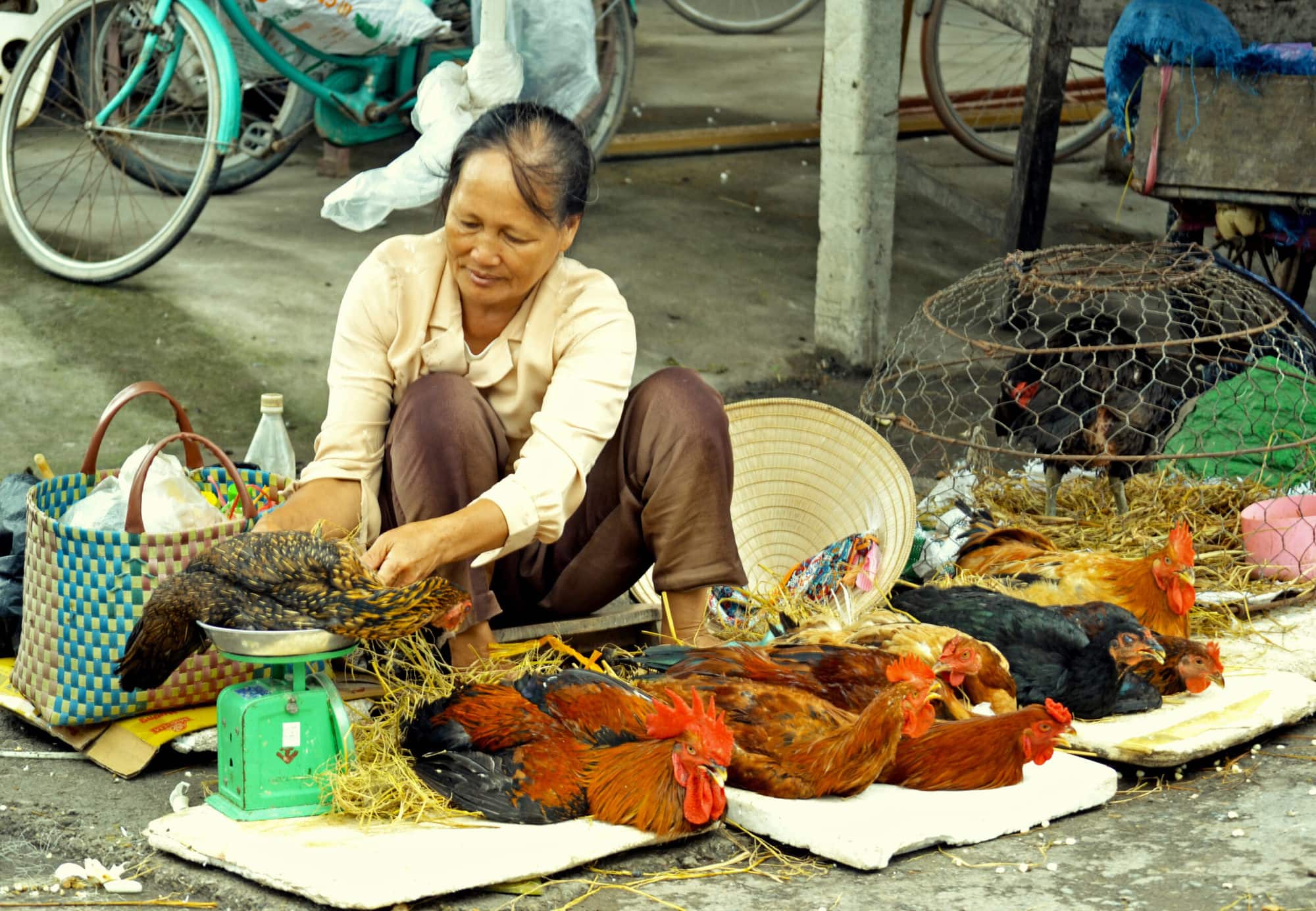Zinc study suggests possible role for biofortification in addressing non-communicable diseases
- From
-
Published on
12.08.20
- Impact Area

By Laura Pompano and Erick Boy
The double burden of malnutrition is a rapidly growing global health problem. Many populations now face the combination of undernutrition (stunting, wasting, and micronutrient deficiencies) with overweight, obesity, or diet-related non-communicable diseases (NCDs) such as type 2 diabetes and cardiovascular disease (CVD). Visualize this as two simultaneous pandemics, caused by multiple, sometimes overlapping factors.
One of these overlaps is zinc deficiency. A complex, vicious cycle of chronic disease and zinc deficiency often exists in the same low-resource populations that preventive public health and nutrition strategies frequently fail to reach.
A number of chronic diseases are both exacerbated by, and can worsen, zinc deficiency. Zinc is essential for the normal metabolization of sugars and fats, among other vital roles. Inadequate zinc intake can cause stunting and increase children’s risk for diarrhea and pneumonia, and is related to the pathophysiology of diabetes and CVD in adults. Zinc supplementation can address health issues related to undernutrition—and its benefits may extend further: It also been shown, albeit inconsistently, to alleviate several risk factors for diabetes and CVD, including insulin resistance and atherosclerotic plaque-forming lipid profiles, respectively.
HarvestPlus works to improve global nutrition and health through the use of biofortified crops. The research on zinc supplementation led some of us at HarvestPlus to wonder: Could zinc-biofortified foods not only alleviate the effects of undernutrition, but also have an impact on NCDs—in effect doing double duty?
Our meta-analysis of relevant research, recently published in Advances in Nutrition, suggests that this could be the case and is worth further investigation. The analysis found that low-dose and long-duration zinc supplementation—akin to how zinc is delivered by biofortified staples—improved more risk factors for diabetes and CVD than either high-dose or short-duration supplementation. In addition, the size of the effects observed from low-dose and long-duration supplementation was greater than that for high-dose and short-duration interventions for nearly every outcome examined.
Photo Credit: HarvestPlus
Related news
-

A decade of academic and research partnership advances One Health in Vietnam
International Livestock Research Institute (ILRI)13.11.25-
Health
In northern Vietnam, Thai Nguyen province has become one of the most active hubs for…
Read more -
-

Positioning healthier rice varieties in Odisha for market demand and farmer income
International Rice Research Institute (IRRI)28.10.25-
Nutrition
-
Poverty reduction, livelihoods & jobs
In western Odisha, farmer groups and women’s self-help groups are taking the lead in bringing…
Read more -
-

SOILutions for Security: CGIAR at the 2025 Borlaug Dialogue
Multifunctional Landscapes Science Program22.10.25-
Biodiversity
-
Environmental health
-
Environmental health & biodiversity
-
Food security
-
Nutrition
From October 21–23, CGIAR will join global partners in Des Moines, Iowa for the 2025…
Read more -
